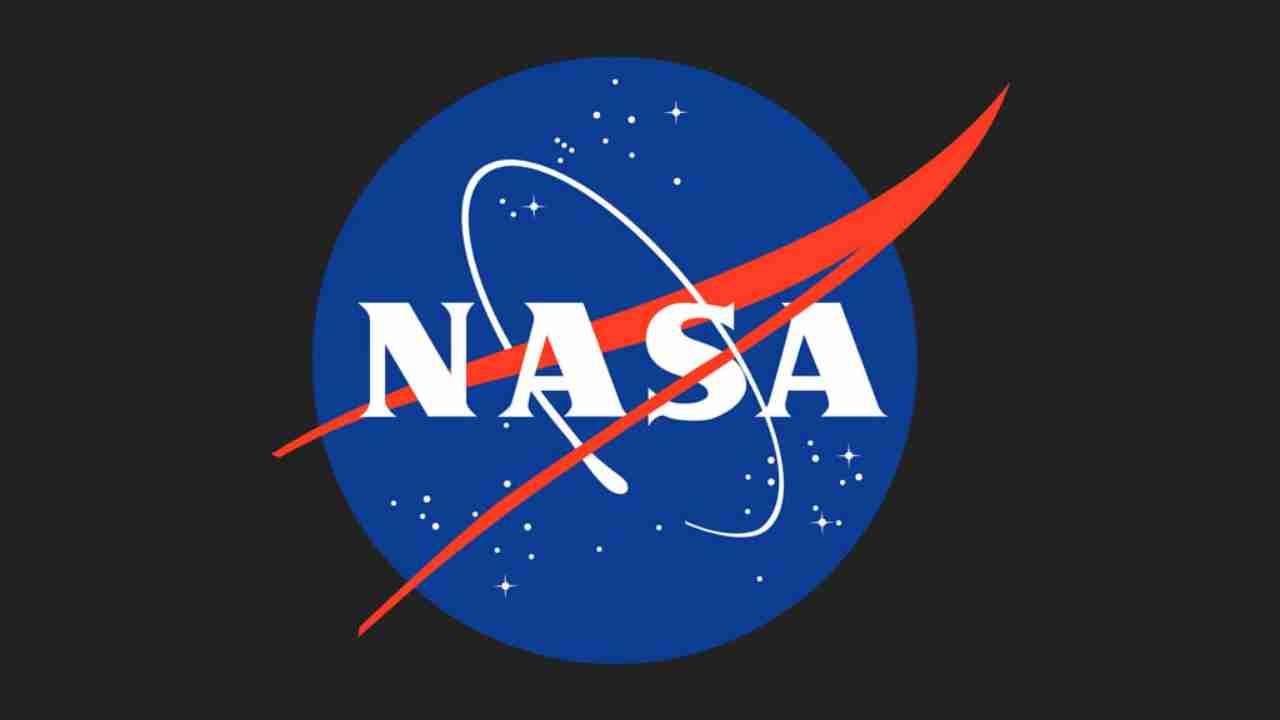The Lunar Reconnaissance Orbiter (LRO) of NASA has effectively captured images of the crash site of the doomed ispace HAKUTO-R Mission 1 lunar lander. The privately funded spacecraft that encountered an anomaly during its April 26 landing attempt has been located and visually documented by the LRO camera.
On December 11, 2022, the HAKUTO-R Mission 1 lunar lander was launched with the lofty objective of coming down on the moon’s surface. After a lengthy several-month voyage, the spacecraft began its controlled descent towards the Moon with the intention of landing in the vicinity of the Atlas crater. The following day, however, the ispace crew announced that an unexpected anomaly had prevented the lander from landing safely on the lunar surface.
On April 26, 2023, the LRO’s Narrow Angle Cameras acquired a series of images encompassing a large area surrounding the landing site, measuring approximately 40 kilometres by 45 kilometres (about 25 miles by 28 miles).
Using an image captured prior to the spacecraft’s landing attempt as a point of reference, the LRO Camera science team meticulously analysed the images for any traces of the lander. During their analysis, they discovered an atypical surface alteration close to the projected landing site. The image disclosed the presence of at least four notable debris fragments and a number of smaller modifications.
Additional observations will allow for a more thorough analysis of the impact site and may cast light on the nature and extent of the lander’s damage.
ispace stated in a tweet on Tuesday that it is conducting a comprehensive analysis of the flight data obtained during M1’s operation and will release the results on May 26.
Our Lunar Reconnaissance Orbiter camera has imaged the impact site of the ispace HAKUTO-R Lander, which experienced an anomaly on April 26 during its landing attempt. https://t.co/GvggIeEZt1 pic.twitter.com/EBVlOUZ3FN
— NASA Moon (@NASAMoon) May 23, 2023
Since 2003, the LRO, a robotic spacecraft orbiting the Moon and operated by NASA, has captured high-resolution images of the lunar surface.


















